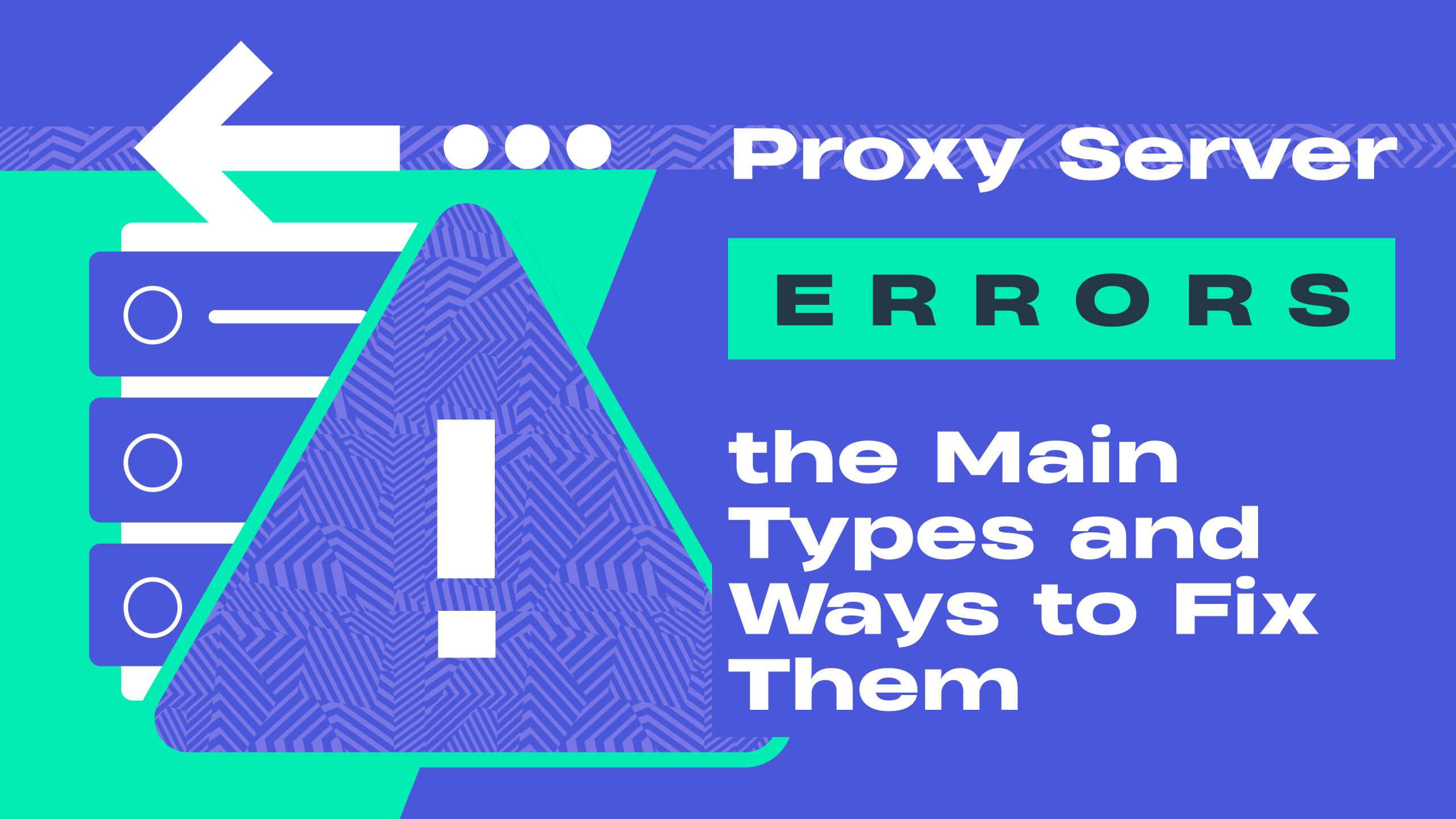
Understanding the Proxy Server Ecosystem
In the intricate world of network communications, proxy servers stand as critical infrastructure components that facilitate seamless, secure, and efficient data transmission. These digital intermediaries play a pivotal role in managing internet traffic, protecting network resources, and enabling sophisticated connectivity strategies across diverse technological landscapes.
The Fundamental Architecture of Proxy Servers
Imagine a proxy server as an intelligent traffic controller for digital information. When your computer requests data from a web resource, the proxy server intercepts that request, processes it, and acts on your behalf. This intermediary function provides multiple layers of functionality beyond simple data routing.
Proxy servers accomplish this through sophisticated mechanisms:
- Request interception and forwarding
- IP address masking and transformation
- Traffic filtering and monitoring
- Security protocol enforcement
- Performance optimization techniques
Comprehensive Taxonomy of Proxy Server Errors
Connection Disruption Errors
Connection errors represent some of the most common challenges in proxy server interactions. These interruptions can stem from multiple technical and environmental factors that compromise the seamless data transmission process.
Timeout Complications
Network timeout errors occur when a proxy server fails to establish or maintain a connection within predefined temporal boundaries. These situations typically emerge from complex interactions between network infrastructure, server configurations, and transmission protocols.
Consider a scenario where a proxy server attempts to connect to a remote web resource. If the connection cannot be established within the designated timeframe—often between 30 to 60 seconds—a timeout error manifests. This could result from:
- Overloaded network infrastructure
- Geographical distance between servers
- Bandwidth constraints
- Misconfigured network routing
- Firewall interference
Professional network administrators approach timeout errors through systematic diagnostic processes. They employ advanced network monitoring tools, analyze transmission logs, and implement intelligent retry mechanisms to mitigate potential disruptions.
Authentication and Access Control Errors
Authentication represents another critical domain of proxy server challenges. These errors emerge when established security protocols fail to validate user credentials or access permissions.
Credential Validation Mechanisms
Modern proxy servers implement multi-layered authentication frameworks that extend beyond traditional username/password paradigms. These sophisticated systems incorporate:
- Token-based authentication
- Multi-factor verification
- Role-based access control
- Dynamic credential management
When authentication fails, proxy servers generate specific error codes that provide nuanced insights into the underlying access challenge. Network security professionals decode these signals to understand potential vulnerabilities and implement corrective strategies.
Performance and Bandwidth Limitation Errors
Performance-related proxy errors represent a sophisticated category of network challenges that extend beyond simple connectivity issues. These complications arise from complex interactions between network resources, transmission protocols, and infrastructure limitations.
Bandwidth Throttling and Resource Allocation
Proxy servers dynamically manage network resources through intelligent bandwidth allocation strategies. When transmission demands exceed available infrastructure capacity, performance degradation or complete connection failure can occur.
Advanced proxy implementations leverage:
- Dynamic load balancing algorithms
- Adaptive transmission protocols
- Intelligent resource provisioning
- Predictive network optimization techniques
Security-Triggered Proxy Errors
In an increasingly complex digital landscape, security represents a paramount consideration for proxy server operations. Security-triggered errors emerge as protective mechanisms designed to prevent unauthorized access, mitigate potential threats, and maintain network integrity.
IP Blocking and Georestriction Strategies
Modern proxy servers implement sophisticated geolocation and IP reputation management systems. These frameworks analyze incoming traffic patterns, assess potential risks, and dynamically implement access restrictions.
Key security triggers include:
- Suspicious traffic patterns
- Repeated access attempts
- Geographical anomalies
- Potential bot or scraping activities
Advanced Troubleshooting Methodologies
Diagnostic Workflow for Proxy Server Errors
Resolving proxy server errors requires a systematic, methodical approach that combines technical expertise, advanced diagnostic tools, and comprehensive network understanding.
Comprehensive Error Analysis Process
Log Examination
Professional network administrators begin by meticulously analyzing system logs. These digital records provide granular insights into error manifestations, transmission patterns, and potential root causes.Network Trace Investigation
Advanced network diagnostic tools enable professionals to reconstruct complex transmission scenarios, identifying precise points of failure and understanding nuanced interaction dynamics.Configuration Validation
Systematic review of proxy server configurations helps identify potential misconfigurations, protocol incompatibilities, and architectural limitations that might trigger errors.
Recommended Diagnostic Toolkit
Successful proxy server error resolution demands a sophisticated toolkit combining software utilities, monitoring platforms, and advanced analytical capabilities:
- Wireshark: Comprehensive network protocol analyzer
- Network monitoring platforms
- Log analysis software
- Performance benchmarking utilities
Future of Proxy Server Technologies
The proxy server landscape continues evolving, driven by emerging technologies, sophisticated security requirements, and increasingly complex network interaction models.
Emerging Trends
- Artificial intelligence-driven traffic management
- Quantum encryption protocols
- Decentralized proxy infrastructure
- Adaptive network routing mechanisms
Conclusion: Navigating the Complex Proxy Server Ecosystem
Understanding and managing proxy server errors requires a holistic approach that combines technical expertise, systematic diagnostics, and continuous learning. By developing comprehensive error resolution strategies, organizations can transform potential network challenges into opportunities for infrastructure optimization.
The journey through proxy server error resolution is not merely about fixing immediate technical complications—it represents a deeper exploration of network communication‘s intricate dynamics.






